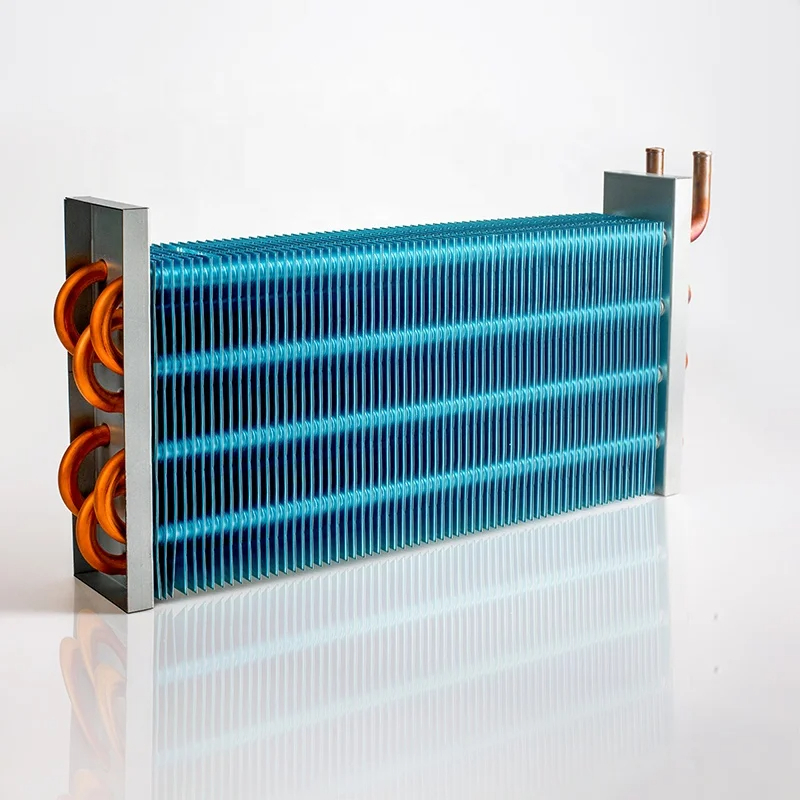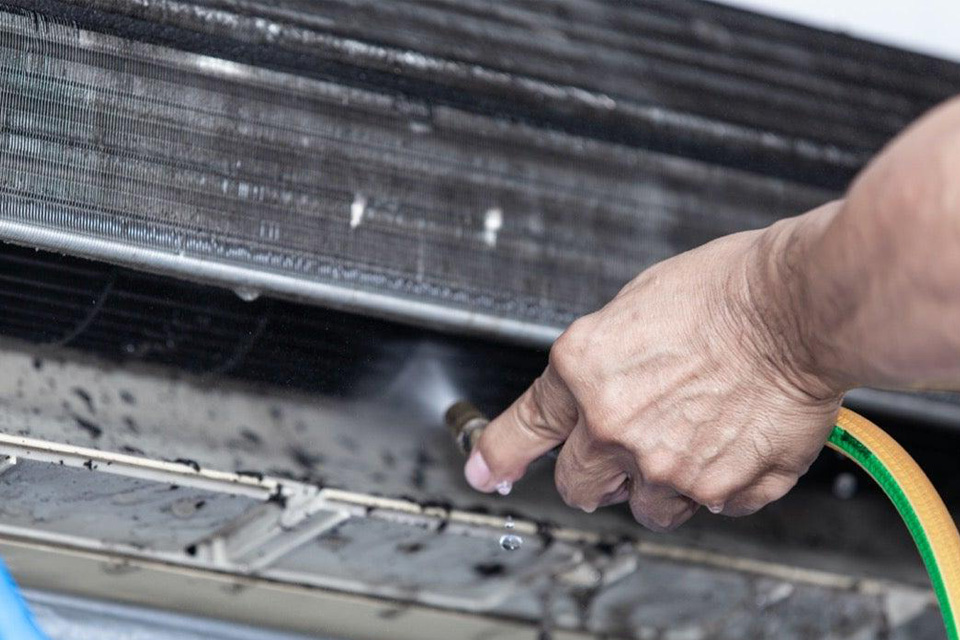
© 2025 Condenser Coil All rights reserved.
Cashback w kasynach online Bet ile trwa wypłata podlega zwykle wymogowi obrotu x1–x5, co jest znacznie niższe niż w bonusach depozytowych; nieliczne serwisy oferują cashback bez warunków, traktując go jak czysty zwrot środków.
W dni ważnych meczów piłkarskich aktywność w grach karcianych rośnie o 8–12%, gdy część graczy po zakładach sportowych w Beep Beep opinie przenosi się na blackjacka lub Casino Hold'em.
W kontekście YMYL Google i organy państwowe oczekują, że strony hazardowe będą informować Lemon wypłata o ryzyku utraty środków, braku gwarancji zysku i możliwości uzależnienia; brak takich treści może być uznany za wprowadzanie konsumenta w błąd.
Polscy gracze spędzają średnio 26–35 minut na jednej sesji live, a najdłuższe sesje w Bison notowane są przy stołach blackjacka VIP, gdzie pojedyncza rozgrywka potrafi trwać ponad godzinę.
Dane H2 Gambling Capital pokazują, że w I GG Bet wypłata połowie 2025 roku podatek od gier w Polsce wyniósł ok. 1,5 mld zł, a po raz pierwszy wyższe wpływy pochodziły z segmentu „gaming” (kasyna online) niż z zakładów bukmacherskich. [oai_citation:3‡LinkedIn](https://www.linkedin.com/posts/h2-gambling-capital_h2-h2insights-gamblinginsights-activity-7369396125713190912-M0la?utm_source=chatgpt.com)
Między 2022 a 2025 rokiem liczba aktywnych graczy crash Vulcan Vegas opinie forum wśród polskich użytkowników wzrosła szacunkowo 3–4-krotnie, a miesięczna liczba rund w nowych tytułach rośnie o 15–25% rok do roku.
Około 70% kasyn, które wprowadzają nową grę crash, eksponuje ją przez pierwsze 1–2 tygodnie jak wypłacić pieniądze z Ice w top sekcjach „Nowe” lub „Popularne”; po tym okresie widoczność spada, jeśli gra nie utrzyma wystarczającego wolumenu.
1W 2025 standardem jest możliwość skrócenia animacji obrotu bębnów; tryb Pelican 66 „quick spin” zmniejsza długość jednej rundy z ok. 3 sekund do 1,5–2 sekund, co przemawia do graczy preferujących dynamiczną rozgrywkę.
Gra w nowe tytuły crash odbywa się niemal wyłącznie na Bizzo weryfikacja urządzeniach mobilnych – szacunki mówią o 80–90% rund rozgrywanych na smartfonach, reszta przypada na laptopy i rzadziej tablety.
Typowe wymagania obrotu dla bonusu powitalnego w kasynach offshore obsługujących Polaków mieszczą się w przedziale x25–x40 Bison kody promocyjne depozyt+bonus, a okres ważności oferty to zwykle 7–30 dni od aktywacji.
Niektóre nowe kasyna wprowadzają Beep Beep slots automatyczne przypomnienia po 30, 60 i 120 minutach gry; dane wskazują, że po otrzymaniu takiego komunikatu 10–20% graczy kończy sesję w ciągu kilku minut.
Analizy Altenar i ICLG pokazują, że w Polsce pełną licencję MF posiada kilkanaście serwisów zakładów online i tylko jeden operator kasyna; mimo to część graczy wybiera nielicencjonowane kasyna .com lub .pl, do których należy segment konkurujący brandowo z Stake kod promocyjny bez depozytu.
W 2025 Mostbet PL darmowe spiny r. większość nowych kasyn wymaga pełnego KYC (dowód tożsamości + potwierdzenie adresu) dopiero przed wypłatą; średni czas akceptacji dokumentów w dobrze zarządzonych projektach wynosi 15–60 minut.
This article explores the intricate workings of your home’s HVAC system, focusing on the vital roles of evaporator and condenser coils. These two components work together to help cool your home during those hot summer months. This guide is worth reading because it provides a clear understanding of how these coils function, their importance in the cooling process, and why proper maintenance is crucial to the energy efficiency of your air conditioning system, ultimately saving you money and ensuring year-round comfort. It will also explain the difference between evaporator and condenser coils, and how to know when to schedule an appointment with a professional for repair.
Your air conditioner is more than just a device that blows cool air; it’s a complex system designed to remove heat and humidity from your home’s interior. At the heart of this cooling system lies a continuous cycle involving a specialized fluid called refrigerant. This fluid has the unique property of easily changing between liquid and gas states, which is key to the cooling process. Refrigerant is essential to cool your home.
The air conditioning process relies heavily on two main components: the condenser coil and the evaporator coil. The evaporator and condenser coils work together. These two coils are connected by a closed loop of tubing, through which the refrigerant circulates. As the refrigerant transitions between its liquid and gaseous forms, it absorbs heat from the indoor air and releases it outdoors. The two coils work together to remove heat from the house. This constant process of absorbing heat and releasing it is how your air conditioning system keeps your home cool and comfortable.
The condenser coil is a vital component of your air conditioner’s condenser, typically located outside in the outdoor unit. It plays a crucial role in the cooling process by releasing the heat absorbed by the refrigerant from your home’s interior. It is part of the outdoor condenser. Condenser coils work by releasing heat.
Here’s a breakdown of how condenser coils work:
The condenser coil is essential for rejecting the heat absorbed from your home’s interior. Without a properly functioning condenser coil, your air conditioner wouldn’t be able to cool your home effectively. The condenser coils and evaporator coils work together to keep your house cool.
The evaporator coil is the other half of the cooling duo in your HVAC system. Its primary function is to absorb heat from the air inside your home, thus cooling the air that is then circulated throughout your house. The evaporator coil is located inside your home, typically within the air handler or furnace unit. Evaporator coils are typically made of copper or aluminum. They are often designed in an A-shape or other configurations to maximize surface area for efficient heat exchange.
Here’s a closer look at how the evaporator coil functions:
The evaporator coil is typically made from copper, aluminum, or steel, often arranged in an A-shape, N-shape, or slab design to increase surface area and enhance heat transfer. The coil is connected to a system of copper or aluminum tubing that carries the refrigerant throughout the air conditioning system.
The condenser coils and evaporator coils are interconnected components of a closed-loop system that work in harmony to cool your home. They rely on each other to complete the refrigeration cycle. Condenser coils and evaporator coils are essential to the cooling process.
Here’s a simplified explanation of how the condenser coils work together with the evaporator coils:
This continuous cycle of heat absorption, compression, heat rejection, and expansion, facilitated by the evaporator and condenser coils, is what allows your air conditioning system to cool your home effectively.
Knowing the location of your condenser and evaporator coils is helpful for understanding how your air conditioning system works. It is also useful for performing basic maintenance, and troubleshooting potential issues. Here’s where you can find these essential components:
Understanding the locations of these coils can help you perform basic maintenance tasks, such as cleaning or inspecting them. It can also aid in diagnosing potential problems with your AC system.
The material used in the construction of evaporator and condenser coils plays a significant role in their performance, durability, and resistance to corrosion. Here are the common materials used for air conditioning coils:
This table provides an overview of the materials commonly used in evaporator and condenser coils:
| Material | Advantages | Disadvantages | Common Uses |
|---|---|---|---|
| Copper | – Excellent heat transfer properties – Durable and long-lasting – Naturally resistant to corrosion – Easy to repair | – More expensive than aluminum – Can be susceptible to formicary corrosion in certain environments | Evaporator and condenser coils, refrigerant lines |
| Aluminum | – Less expensive than copper – Good heat transfer capabilities – Lightweight | – More prone to corrosion, especially galvanic corrosion when coupled with copper – More difficult to repair than copper | Primarily condenser coils, some evaporator coils |
| Spine Fin Coils | -High efficiency heat transfer due to large surface area – Good corrosion resistance | More difficult to clean than traditional fin designs | Condenser Coils |
The choice of material used in the coils often depends on factors such as cost, desired efficiency, environmental conditions, and the manufacturer’s design preferences.
Several signs may indicate that your evaporator or condenser coils require attention, such as cleaning, repair, or even replacement. If you notice any of the following, it’s a good idea to inspect your coils or schedule an appointment with a qualified HVAC technician:
If you experience any of these symptoms, it’s crucial to address them promptly. Ignoring coil problems can lead to further damage, reduced system efficiency, and potentially costly repairs or replacements.
When it comes to cleaning your evaporator and condenser coils, you have two primary options: do-it-yourself (DIY) or hire a professional HVAC technician. The best choice depends on several factors, including your comfort level, the condition of your coils, and your budget.
DIY Cleaning:
Professional Cleaning:
Ultimately, the decision depends on your comfort level and the specific circumstances. If your coils are only mildly dirty and you’re comfortable following proper cleaning procedures, DIY cleaning can be an option. However, if your coils are severely dirty, if you suspect damage, or if you’re simply not comfortable working on your air conditioning system, hiring a professional is the safest and most effective choice.
Regular HVAC maintenance, including coil cleaning and inspection, is essential for maintaining the performance, efficiency, and longevity of your air conditioning system. Here’s how it impacts your coils:
Investing in annual HVAC maintenance, including professional coil cleaning, is an investment in the long-term health and efficiency of your air conditioning system.
Choosing the right HVAC professional for coil maintenance and other air conditioning services is crucial for ensuring the job is done correctly and your system is well cared for. Here are some tips for finding a qualified and reliable technician:
By taking the time to research and select a qualified HVAC professional, you can ensure that your coils and your entire air conditioning system receive the proper care and maintenance they need to operate efficiently and reliably. They will also be able to provide product help if needed.
By understanding the functions of the evaporator and condenser coils, and by prioritizing regular maintenance, you can ensure that your air conditioning system operates at peak performance, keeping your home comfortable while minimizing energy consumption. Remember to choose a qualified and reputable HVAC professional for any major repairs or replacements to ensure the job is done correctly and safely. Your HVAC system will thank you.

This article dives deep into the world of condenser coils, a crucial component of any HVAC system, exploring their function, design, and key features.

Your air conditioner is a lifesaver during hot summer months, providing welcome relief from the heat.

Your air conditioner is a crucial part of your home comfort, especially during hot weather.

This research investigates the enhancement of airflow dynamics and thermal transfer efficacy in multi-coil condensers through strategic coil arrangement.

Your air conditioning unit is a complex system with many parts working together to keep your home cool and comfortable.

This article explores the critical roles of the evaporator coil vs condenser coil in your air conditioner (AC), explaining how they work together to cool your home.

This document details a study on the application of multi-objective evolutionary algorithms, specifically Genetic Algorithms (GAs).

This article provides a comprehensive overview of AC evaporator coil replacement cost, as well as condenser coil replacement cost, helping homeowners understand what to expect when facing this type of repair.

This article provides a comprehensive guide on how to effectively clean your refrigerator’s condenser coils.

The escalating global energy demand, coupled with a growing awareness of environmental sustainability.

This article explores the intricate workings of your home’s HVAC system, focusing on the vital roles of evaporator and condenser coils.

This article provides a comprehensive overview of AC evaporator coil replacement cost, as well as condenser coil replacement cost, helping homeowners understand what to expect when facing this type of repair.

Your air conditioner is a crucial part of your home comfort, especially during hot weather.
© 2025 Condenser Coil All rights reserved.
Fill out the form below, our team can reply in 20 minutes.